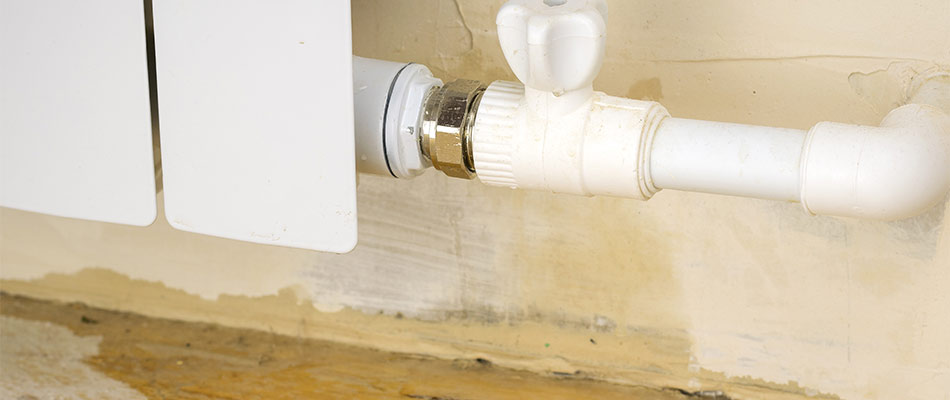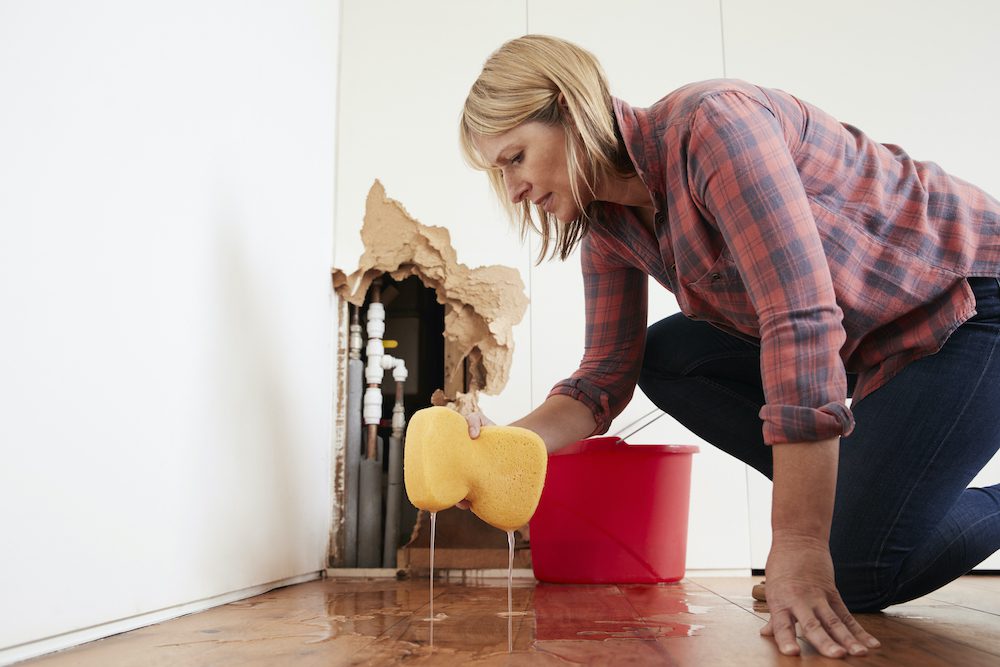This great article down below pertaining to Detecting hidden plumbing leaks is without a doubt fascinating. You should take a look.

Early discovery of dripping water lines can reduce a prospective calamity. Some tiny water leaks might not be visible.
1. Analyze the Water Meter
Every residence has a water meter. Checking it is a surefire way that assists you find leaks. For starters, shut off all the water resources. Make sure no person will certainly flush, use the tap, shower, run the cleaning equipment or dish washer. From there, most likely to the meter and also watch if it will certainly alter. Because no one is utilizing it, there must be no motions. If it relocates, that indicates a fast-moving leak. Similarly, if you discover no changes, wait an hour or 2 as well as examine back once again. This indicates you might have a sluggish leakage that could even be below ground.
2. Check Water Intake
Evaluate your water costs and track your water intake. As the one paying it, you need to discover if there are any kind of inconsistencies. If you find sudden changes, despite your consumption coinciding, it suggests that you have leakages in your plumbing system. Remember, your water costs must fall under the very same variety monthly. A sudden spike in your costs suggests a fast-moving leakage.
On the other hand, a constant rise on a monthly basis, even with the exact same routines, reveals you have a slow-moving leakage that's also slowly rising. Call a plumber to completely check your building, particularly if you feel a warm location on your flooring with piping underneath.
3. Do a Food Coloring Examination
When it comes to water consumption, 30% comes from toilets. If the color in some way infiltrates your dish throughout that time without flushing, there's a leakage between the tank as well as bowl.
4. Asses Outside Lines
Do not fail to remember to check your outside water lines too. Ought to water permeate out of the connection, you have a loosened rubber gasket. One tiny leakage can throw away bunches of water and surge your water bill.
5. Inspect as well as Assess the Situation
Property owners must make it a behavior to examine under the sink counters and also also inside closets for any kind of bad odor or mold and mildew development. These 2 warnings suggest a leak so prompt focus is needed. Doing regular inspections, also bi-annually, can conserve you from a major issue.
More importantly, if you recognize your house is already old, maintain a watchful eye on your heating units, hoses, pipelines etc. Check for discolorations as well as deteriorating as the majority of pipelines and appliances have a life expectancy. They will certainly likewise naturally weaken because of deterioration. Don't wait for it to intensify if you suspect dripping water lines in your plumbing system. Call a professional plumber right away so you don't end up with a horrible mess in your house.
Early discovery of dripping water lines can alleviate a prospective disaster. Some tiny water leakages might not be visible. Checking it is a proven way that aids you find leaks. One little leak can waste bunches of water as well as spike your water costs.
If you think dripping water lines in your plumbing system, don't wait for it to rise.
WARNING SIGNS OF WATER LEAKAGE BEHIND THE WALL
PERSISTENT MUSTY ODORS
As water slowly drips from a leaky pipe inside the wall, flooring and sheetrock stay damp and develop an odor similar to wet cardboard. It generates a musty smell that can help you find hidden leaks.
MOLD IN UNUSUAL AREAS
Mold usually grows in wet areas like kitchens, baths and laundry rooms. If you spot the stuff on walls or baseboards in other rooms of the house, it’s a good indicator of undetected water leaks.
STAINS THAT GROW
When mold thrives around a leaky pipe, it sometimes takes hold on the inside surface of the affected wall. A growing stain on otherwise clean sheetrock is often your sign of a hidden plumbing problem.
PEELING OR BUBBLING WALLPAPER / PAINT
This clue is easy to miss in rooms that don’t get much use. When you see wallpaper separating along seams or paint bubbling or flaking off the wall, blame sheetrock that stays wet because of an undetected leak.
BUCKLED CEILINGS AND STAINED FLOORS
If ceilings or floors in bathrooms, kitchens or laundry areas develop structural problems, don’t rule out constant damp inside the walls. Wet sheetrock can affect adjacent framing, flooring and ceilings.
https://www.servicemasterbyzaba.com/blog/how-to-detect-water-leakage-in-walls/

I stumbled upon that content on Hacks to detect leaks while perusing the web. Those who enjoyed reading our post if you please do not forget to pass it around. Thank you for taking the time to read it.
Comments on “Overview To Water Leak Detection In Your Home”